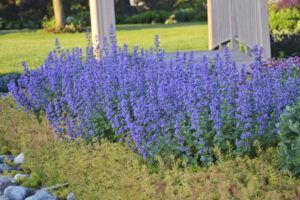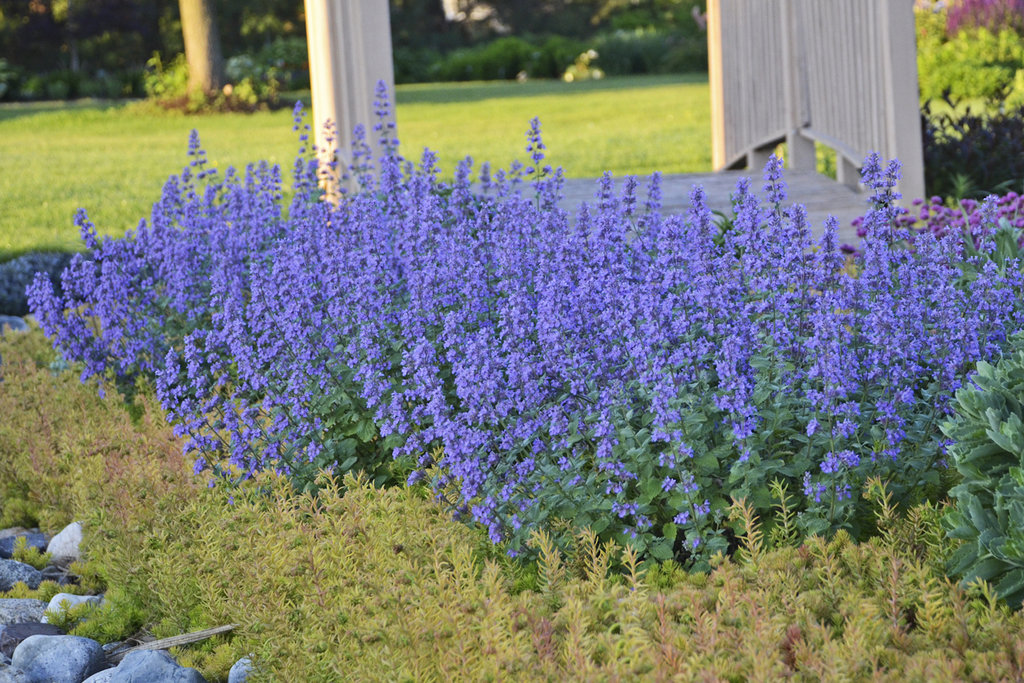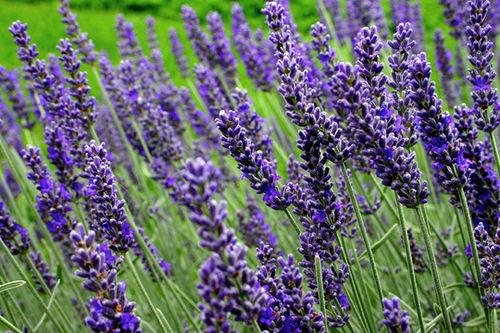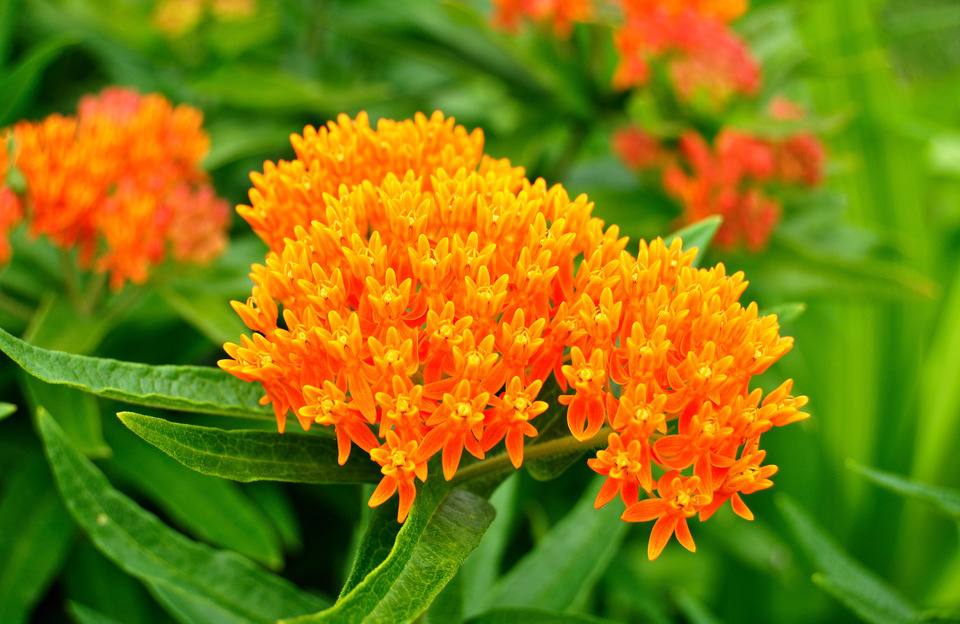Description
 Nepeta Cat’s Meow
Nepeta Cat’s Meow
Features
I was voted MOST LIKELY to THRIVE.
 No catmint is a more beautiful, uniform grower than Cat’s Meow Nepeta. Its flowers are dense and colorful, and its habit is more refined. Plus, it stands strong with no flopping, getting wider and growing to a broad mound as the season progresses.
No catmint is a more beautiful, uniform grower than Cat’s Meow Nepeta. Its flowers are dense and colorful, and its habit is more refined. Plus, it stands strong with no flopping, getting wider and growing to a broad mound as the season progresses.
Best Seller
Fragrant Foliage
Continuous Bloom or Rebloomer
Heat Tolerant
Drought Tolerant
Attracts:
Bees
Butterflies
Hummingbirds
Resists:
Deer
Characteristics
Duration: Perennial
Height Category: Medium
Garden Height: 17 – 20 Inches
Spacing: 12 – 18 Inches
Spread: 12 – 18 Inches
Flower Colors: Blue
Purple
Flower Shade: Blue-Purple
Foliage Colors: Green
Foliage Shade: Green
Habit: Mounded
Container Role: Filler
Plant Needs
Light Requirement: Sun
Maintenance Category: Easy
Bloom Time: Early Summer
Mid Summer
Late Spring
Hardiness Zones: 3a, 3b, 4a, 4b, 5a, 5b, 6a, 6b, 7a, 7b, 8a, 8b
Water Category: Average
Soil Fertility Requirement: Average Soil
Uses: Container
Landscape
Uses Notes:
Great in landscapes and containers.
Maintenance Notes:
Prefers full sun and average, well-drained soil of low to average moisture. Plants respond well to shearing to promote rebloom.
‘Cat’s Meow’ Nepeta faassenii USPP 24,472, Can 5,098




Reviews
There are no reviews yet.